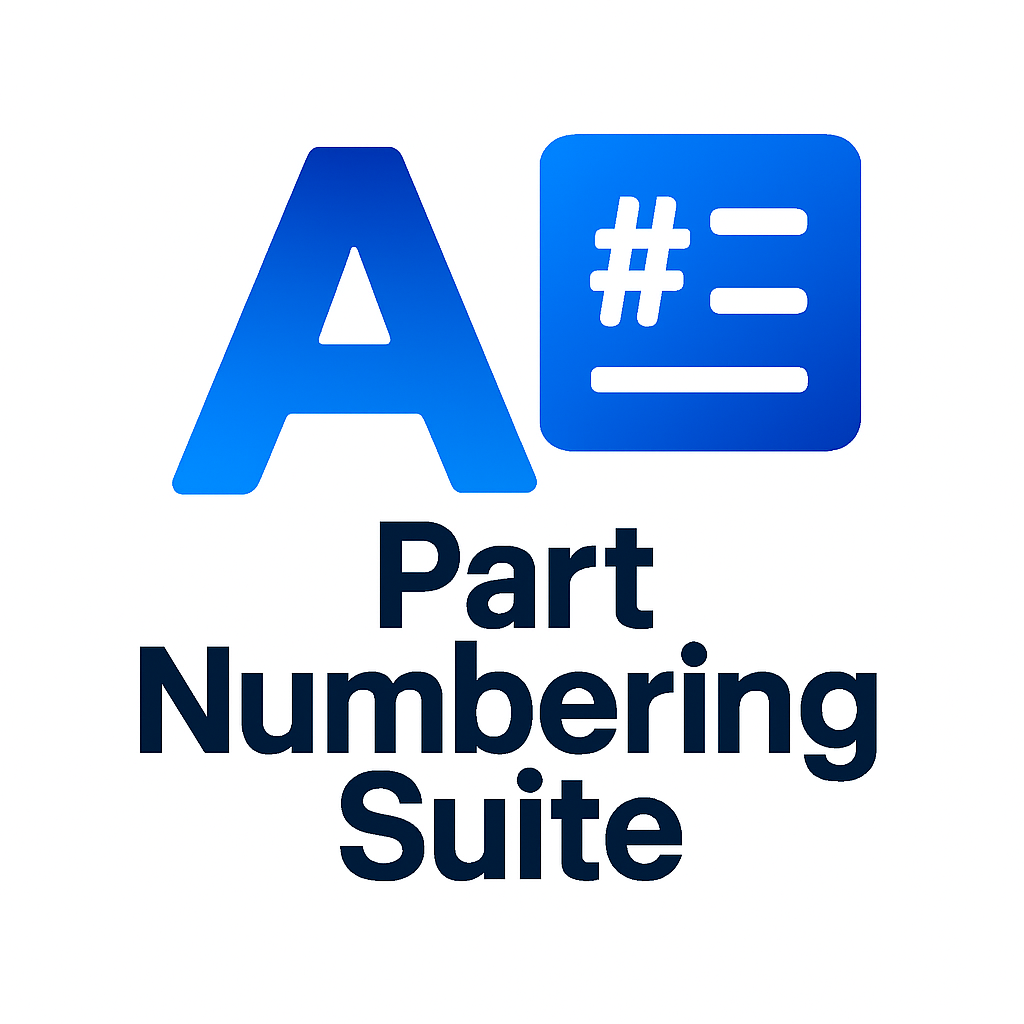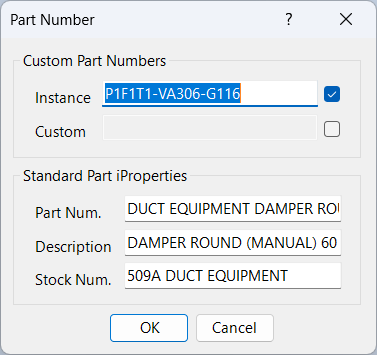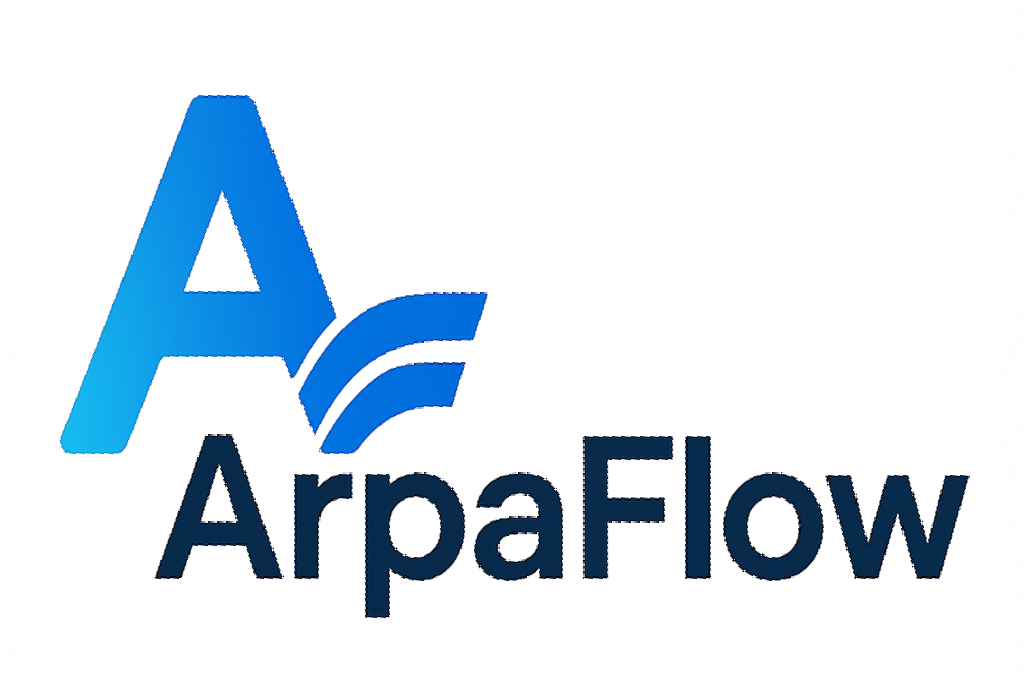
Part Number
Overview
The Part Number command is a robust tool for assigning and managing iProperties related to part numbers in Inventor assemblies. It enables you to set custom part numbers, instance part numbers, and standard iProperty values for components, ensuring that every part in your assembly is properly identified and tracked. Custom part numbers are stored in the component file, making them available in any assembly where the part is used. Instance properties, on the other hand, are saved in the parent assembly and override custom part numbers for specific occurrences, allowing for flexible identification of repeated components with unique requirements.
This command is especially useful when you have multiple occurrences of the same component and need to assign different part numbers to some instances. By using custom and instance part numbers, you can ensure accurate BOM reporting and maintain clear traceability throughout your project. The command also supports standard iProperty fields such as Description and Stock Number, which can be set or overridden as needed. Integration with BOM merge settings allows you to control how instance rows are displayed, providing further customization for reporting and documentation.
Part Number works seamlessly with other tools such as Auto Part Number and Custom Part Number Name, allowing you to define custom property names and automate part number assignment across your assemblies. The command is essential for maintaining organized, accurate, and flexible part identification in complex Inventor projects.
Custom and Instance Part Numbers
Custom part numbers are assigned to the component document and are accessible from any assembly where the part is placed. Instance properties are assigned to an assembly component and saved in the parent assembly, overriding custom part numbers for specific occurrences.
These properties are accessible from the assembly they are within or any parent assembly containing that assembly.
The property name is defined by the app: Custom Part Number Name
Standard iProperties
Assign a value to the standard part number iProperty. Note, this can be overridden if the part has a custom rule assigning part numbers.
Assign a value to the standard part description iProperty. Note, this can be overridden if the part has a custom rule assigning a part description.
Assign a value to the standard part stock number iProperty. Note, this can be overridden if the part has a custom rule assigning a part stock number.
BOM and Reporting
Using the Bill of Material merge settings, you can uncheck the option to Merge Instance Rows. The BOM will now show components assigned a custom part number along with all instances that contain an override (instance part number).

Dialog Box Input
Custom Part Number: Assign a custom part number to the component document. The property name is defined by Custom Part Number Name.
Instance Part Number: Assign a custom part number to the instance property in the parent assembly. Overrides the document part number for that occurrence.
Toggle Instance Part Number: Check to assign, uncheck to delete the instance property.
Toggle Custom Part Number: Check to assign, uncheck to delete the custom property.
Standard Part Number: Assign a value to the standard part number iProperty.
Description: Assign a value to the standard part description iProperty.
Stock Number: Assign a value to the standard part stock number iProperty.
